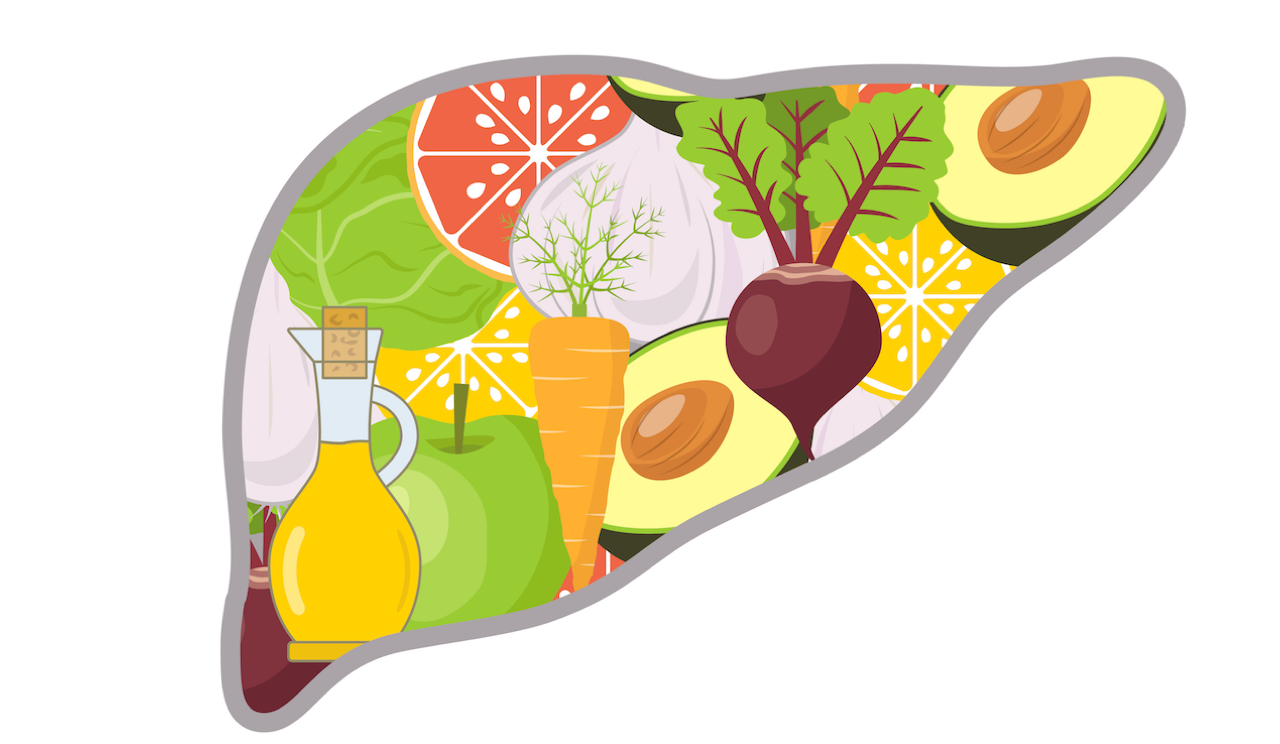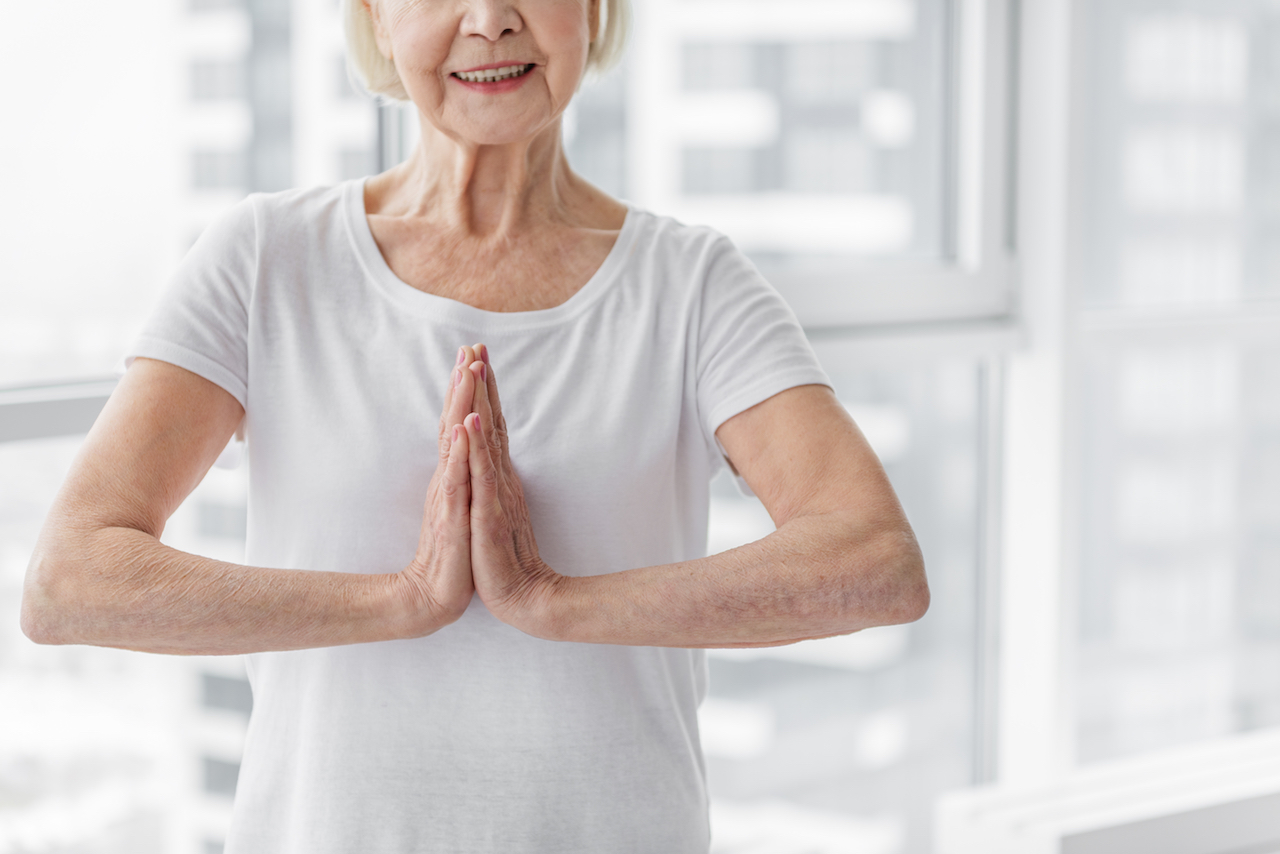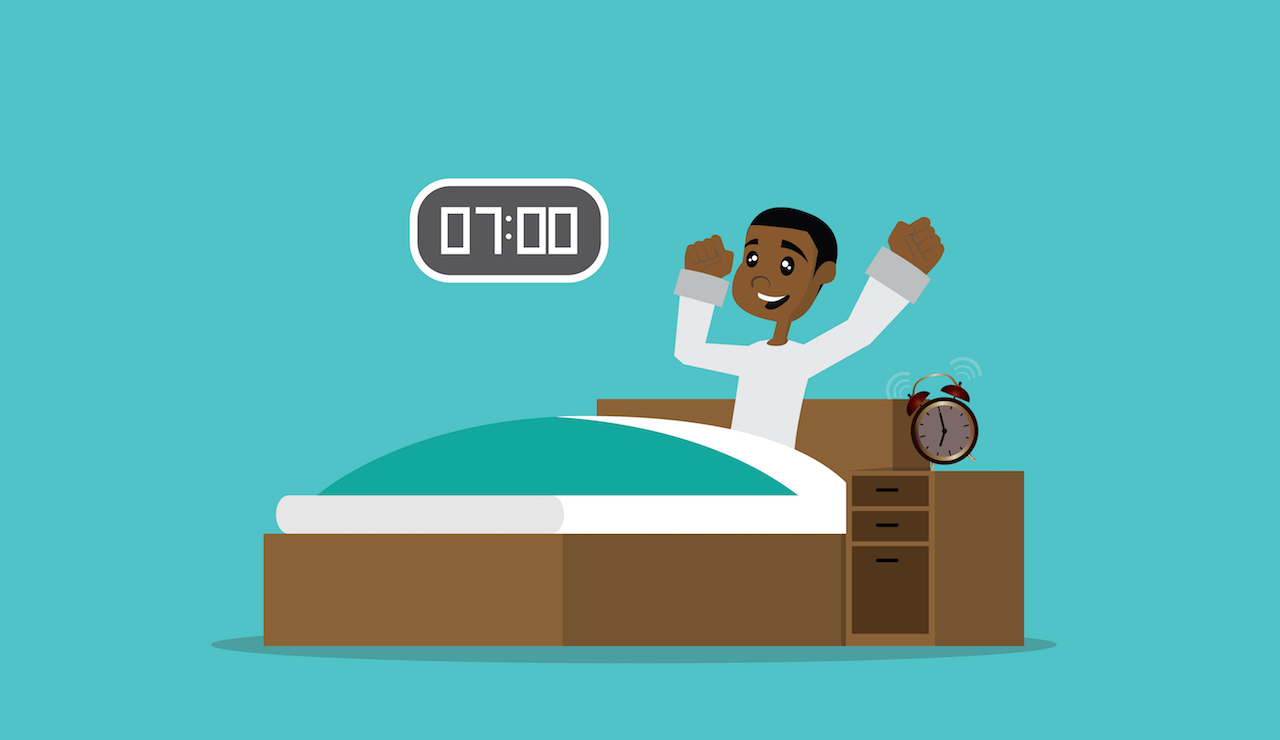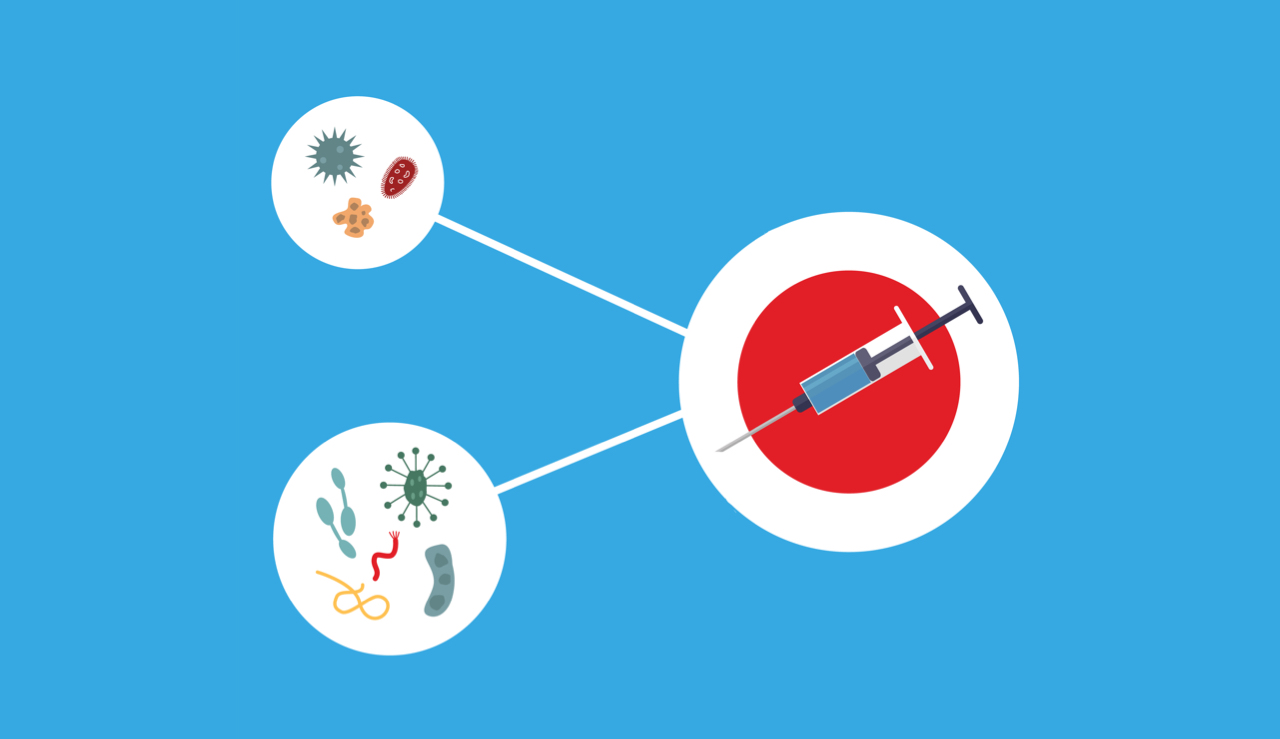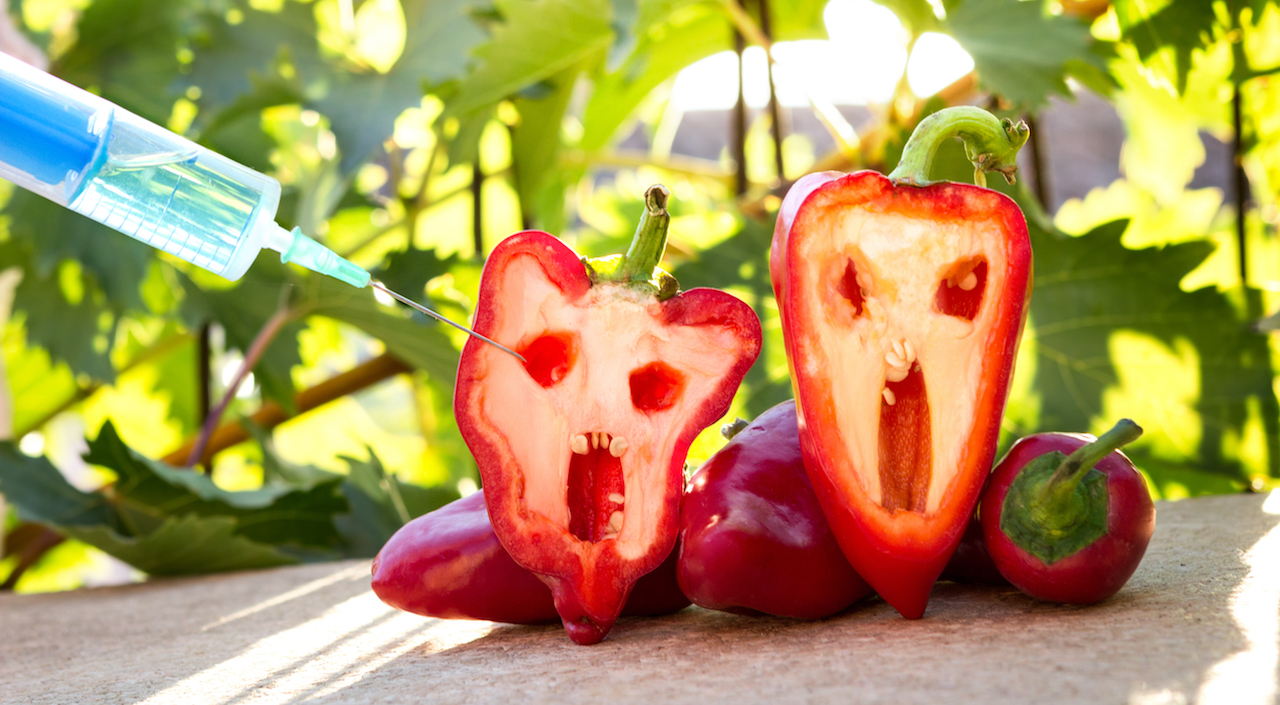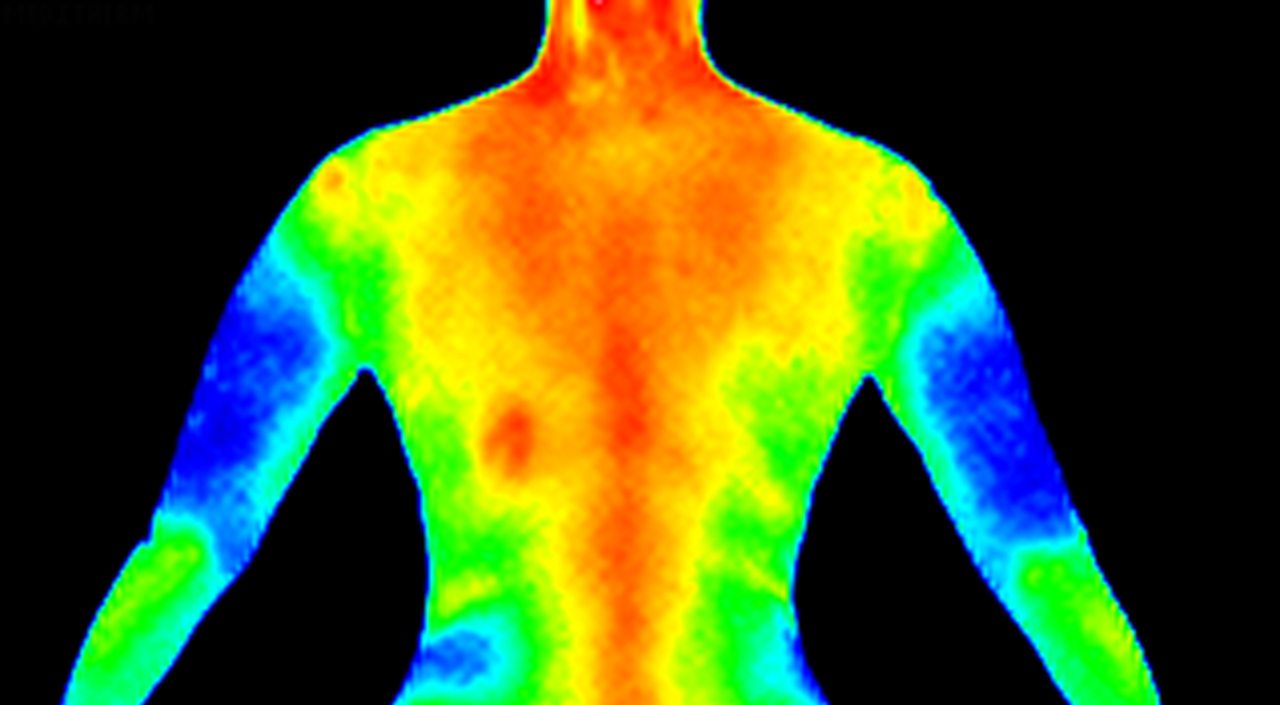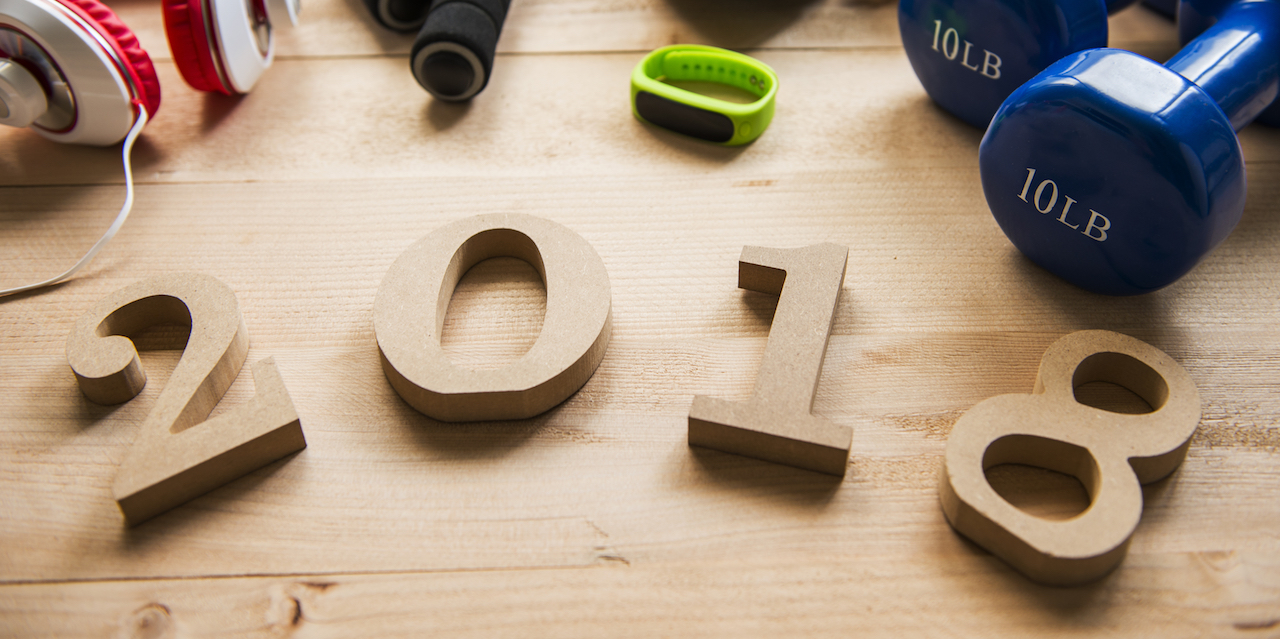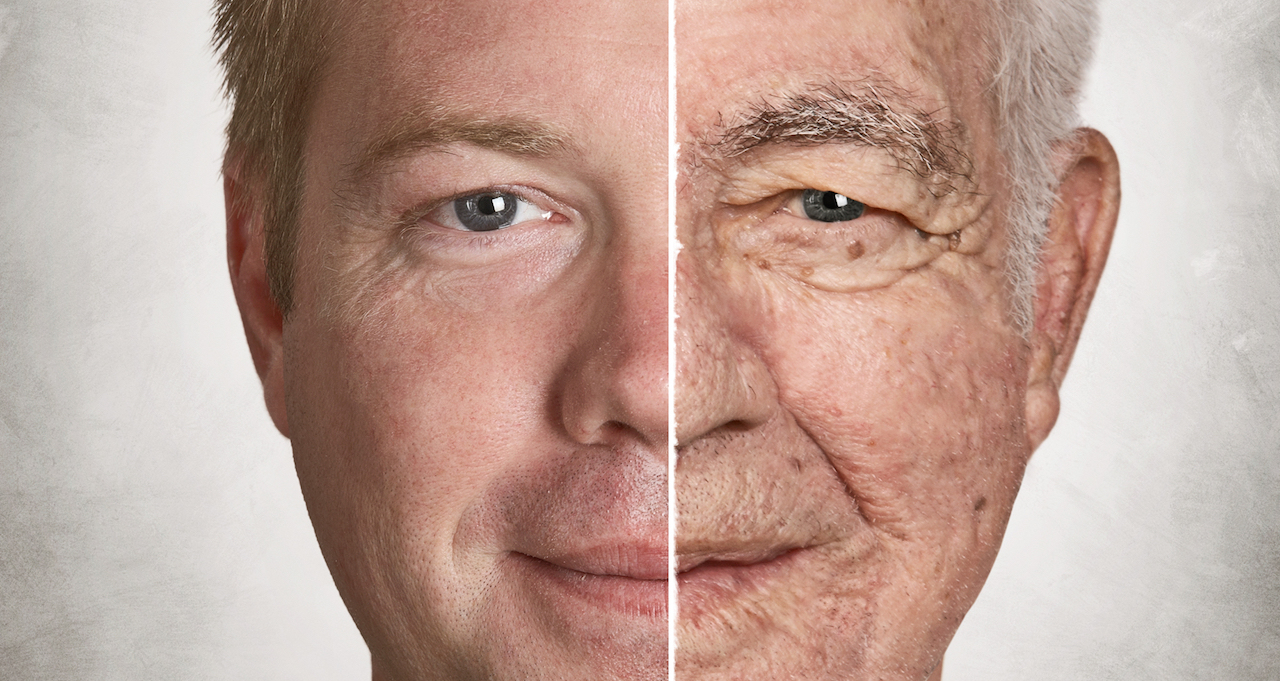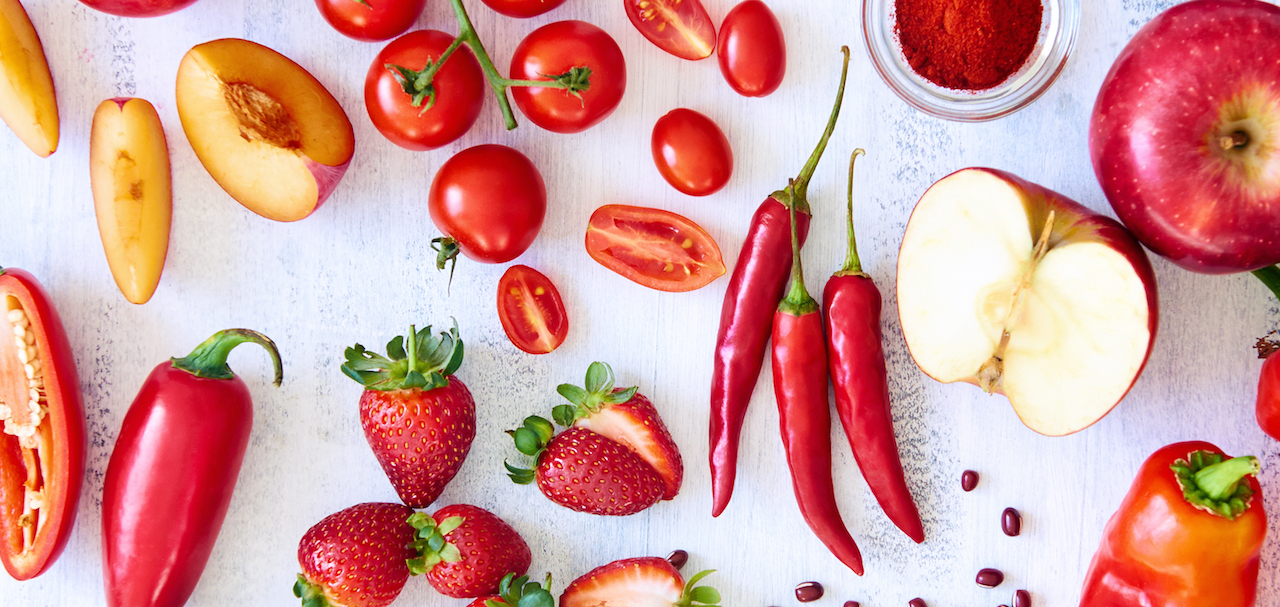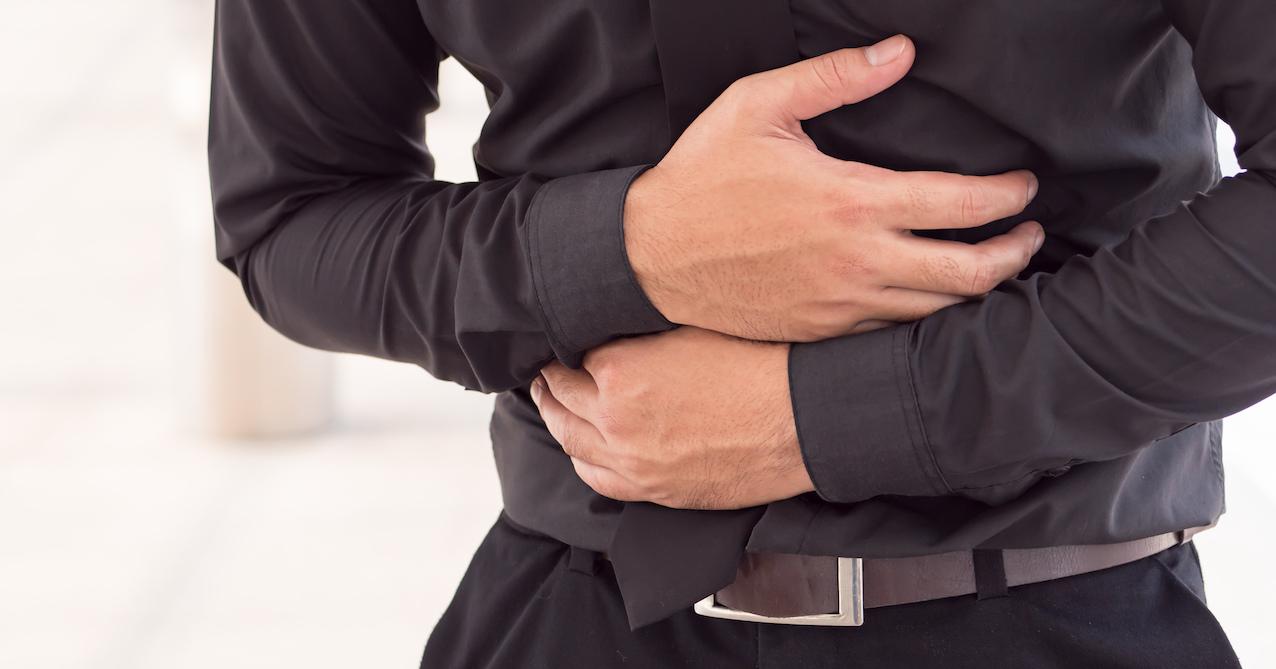You finally crawl into bed after a long day at your computer screen. You get under your blanket; switch off the light, fluff your pillow, and then scroll through your Twitter feed…
Big mistake! Technology has its benefits, but it has its dark side too. Too much tech can harm your health.
Watch out for these technology health wreckers.
Your skin
Your fingers are constantly jabbing away on your phone or laptop keyboard. The oils, bacteria and dirt that accumulate on your hands throughout the day can transfer to your phone, screen and keyboard. If you’re not careful, the same gunk will end up on your skin and specifically your face. This can cause pimples and even breakouts. To protect your skin, wash your hands regularly and use a hand sanitiser. Also, regularly wipe your phone and keyboard with a clean cloth.
Your stress levels
You know that awful feeling when you’re waiting for someone to text you back? Or, how about when you have an inbox full of emails to get through? It’s been shown that technology increases stress levels. For example, at work you’re dependent on a computer and if it crashes, you may lose all your work. When you post a picture online and no-one likes or comments on it, you might feel down. If you feel anxious about anything related to technology, step back and take a break. Put the phone away, shut down your computer and get some fresh air.
Your hearing
Music blasting through your headphones may boost your productivity by putting you in the zone, but your volume level may be a problem. When you crank up your tunes to the highest level, you’re damaging your ears. Over time, you may develop hearing problems. Turn down the volume if your listen to music regularly and take breaks in between to lower the risk of damaging your ears. You only have one pair after all.
Cyber sickness
Have you ever felt dizzy, woozy or nauseous after playing a game or using your phone or laptop? It may be cyber sickness. According to scientists, when you scroll too quickly on your phone for too long, or play a virtual reality game, you trick your senses into thinking you’re doing something you’re not. The inner ear, your body’s balance organ, doesn’t feel the movement your eyes are seeing and the mixed signals make you feel sick. If you experience this, stop what you’re doing and place your hands on a flat, stable surface while your senses balance themselves. Eat something with ginger in it to help with nausea, breathe through your nose, and exhale through your mouth to calm yourself.
Your eyesight
Most of us wake up to a screen and end our night staring at one, too. By constantly exposing your peepers to screens for long periods, you’re increasing the risk of damaging them. Problems like dry eyes, blurred vision, and double vision are possibilities if you don’t look after your eyes. Protect them by changing the lighting on your screen to ease the strain on them. Also, look out for glares that stresses your eye sockets. Most of all, take regular breaks from looking at computer or phone screens.
Your heart health
A study by researchers from the University of South Carolina found that there’s a 64% greater risk of heart disease for men who sit 23 hours or more behind a screen, compared to men who only spend 11 hours behind one. Furthermore, even if you work out regularly, you’re still at risk for obesity, heart attack, high blood pressure and diabetes, if you spend most of your day seated. Get moving! An Australian study found that even short breaks from sitting can lower the risk of these conditions. So, stand when possible, take the stairs instead of the lift and take regular walks.



